By Stephen Beaumont
It was the summer of 2019 and Christine Sismondo and I were busy putting the final, finishing touches on our national distilleries guidebook, Canadian Spirits.
It was a project we had anticipated would encompass a little more than 100 operations coast-to-coast, but which had somehow swelled to 166!
It was about grow by one more.
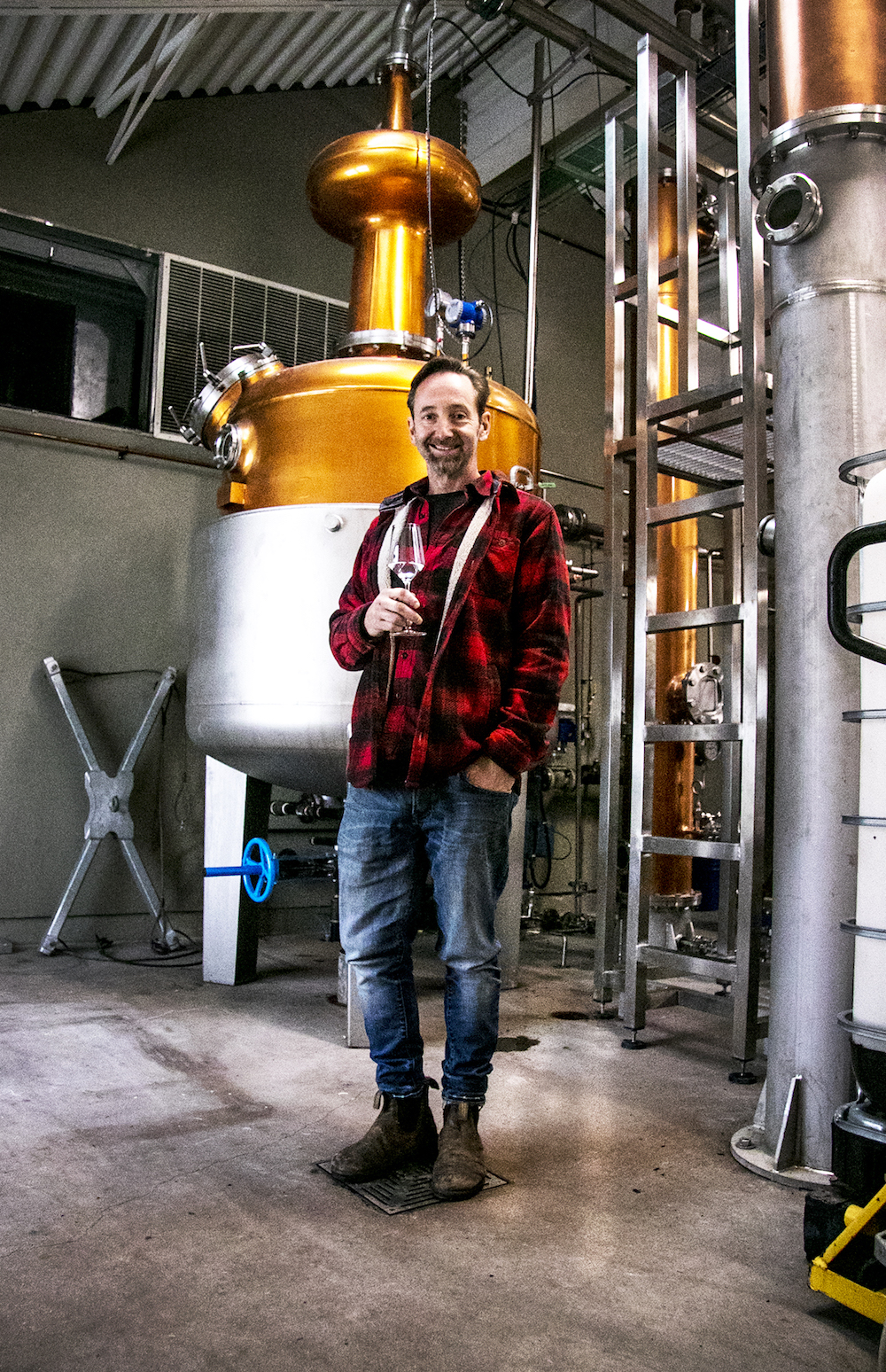
There are several stages to the creation of a book, drafts and more drafts and edits and final edits and really-these-are-the-absolute-final-edits, and we were at the very tail end of that last bit when word arrived of a new distillery in Niagara. Tawse, I was told, had sometime in the spring added a distillery to their celebrated winery and had begun bottling a gin, a vermouth – a white one, unique for Ontario! – and three grappa-style spirits they called Pressatura.
Calls were made, samples delivered, interviews conducted, and – voila! – in an astonishingly short two days, the book’s very last distillery review took occupancy of page 104.
A bit more than a year later, I caught wind of a second wave of spirited news out of Tawse, in the form of a new product being added to the distillery’s portfolio. Surprisingly, it was a whisky.
Not surprising because I didn’t think that winemaker/distiller Paul Pender, above, had a such a spirit in him – he told me that he was busy laying down grain spirits when we spoke in 2019 – but because anything billed as Canadian whisky must by law be aged in oak barrels for a minimum of three years prior to release. And you didn’t have to be a math major to recognize that the Tawse timeline didn’t add up.
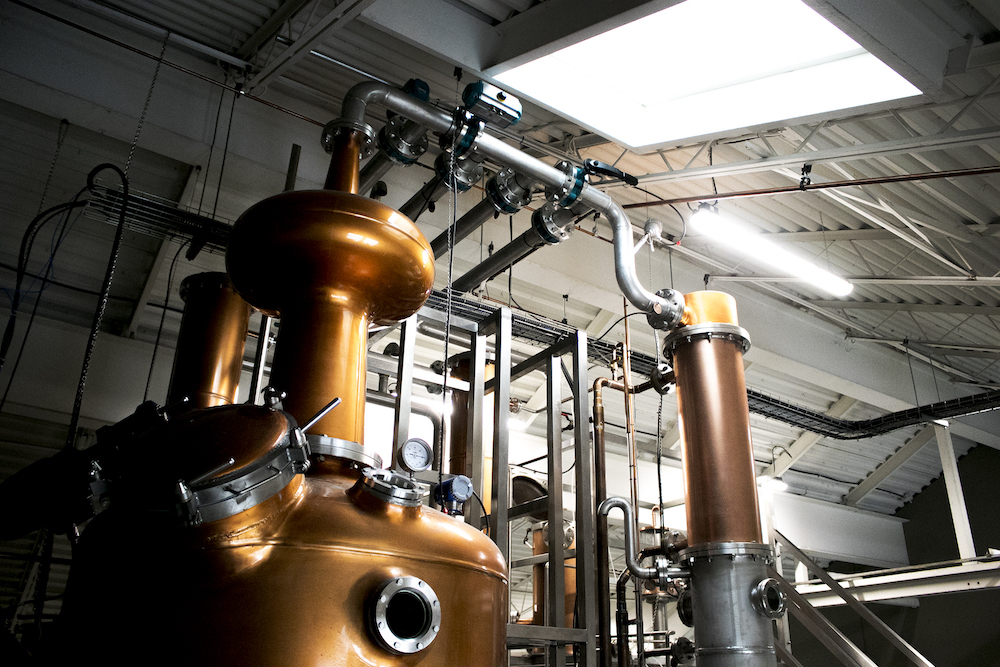
Speaking with Pender more recently, he filled in what he had not told me a year-and-a-half earlier, namely that even prior to the still being installed at the winery, plans were in place for the creation of a Tawse whisky.
“We sent Hiram Walker some samples of our Pinot Noir and they blended small amounts in with various aged whiskies,” Pender explained. He and his team then tasted the samples and chose what to their palates was the best mix of grains – mostly corn, together with barley and wheat – and bought a quantity of the whisky to age in-house for 16 months in recently emptied Pinot Noir barrels.
“It’s a bit of a whimsical project for us,” Pender admitted, but also “So much fun!” He added that, on a more practical level, he enjoys the way “the vinous quality (from the barrel) adds a bit of texture to the whisky, plus some perceived sweetness.”
For now, the whisky is being sold only from the winery, although samples are presently with the LCBO for review.
Further down the QEW towards Niagara Falls, another distillery was also getting its feet on the ground in 2019, with a similar but notably different approach to its whisky.
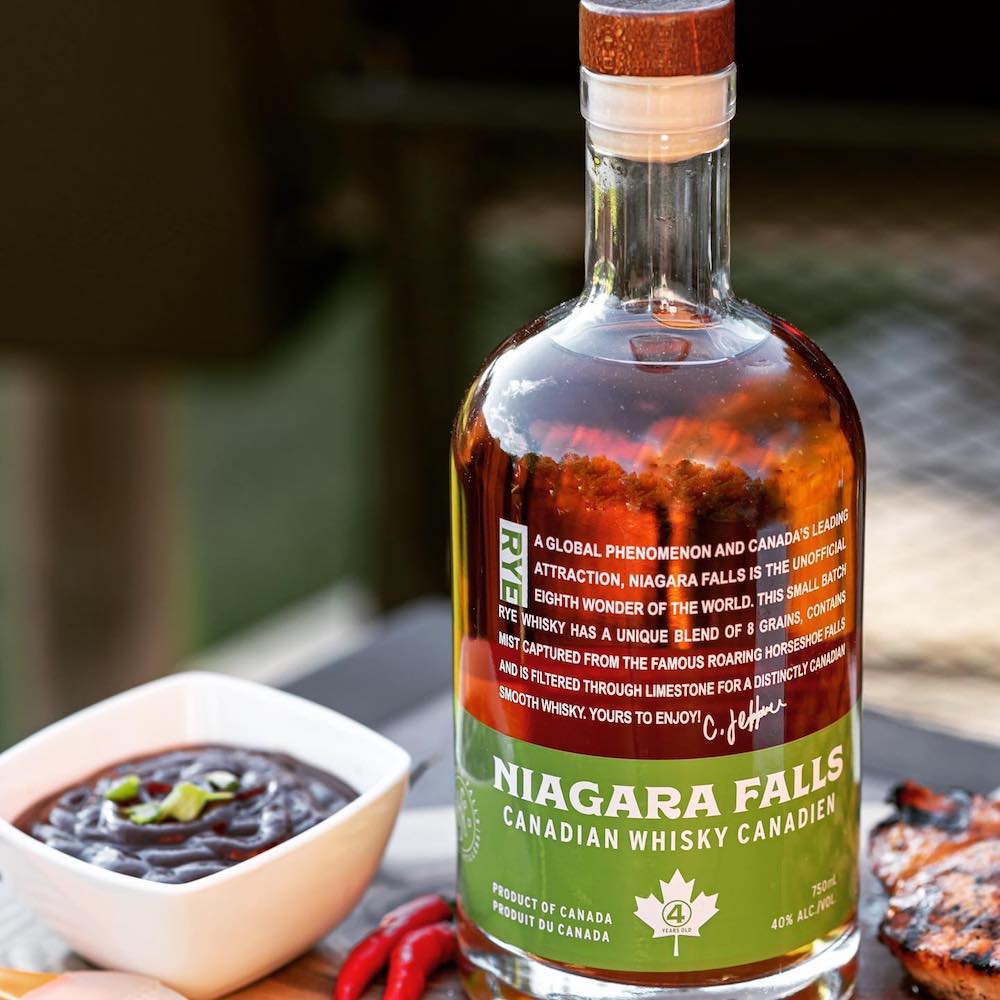
Niagara Falls Craft Distillers was born in the back of the now-defunct Syndicate Restaurant on Lundy’s Lane in 2017, but moved to its own premises in 2019 when the owner of both businesses, distiller Chris Jeffries, decided to close the restaurant in order to concentrate on his spirits. Supported by partners Andy Murison and Ian Kowalchuk, the former a spirits industry veteran, Jefferies has three products listed with the LCBO, a vodka, a 100% rye whisky and a flavoured whisky.
For the whiskies, a Canadian-distilled rye aged in the United States is purchased and, since the start of the year, blended with about 20-30% by volume of the distillery’s own whisky, after which it is returned to new American oak barrels for further maturation. For the flavoured spirit, natural Canadian maple syrup is used.
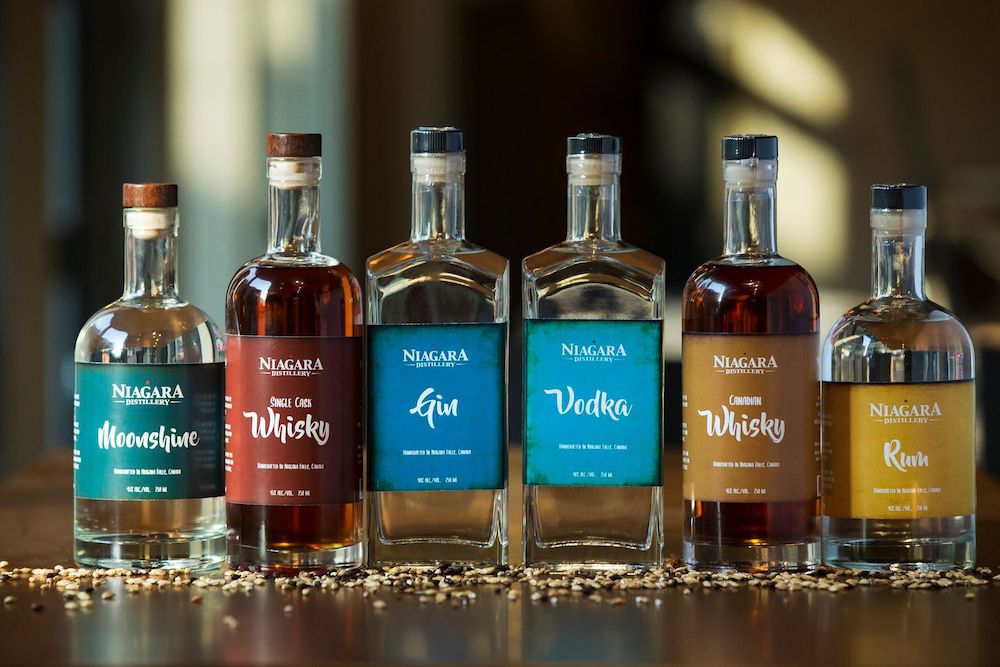
Still closer to the Falls is the Niagara Distillery. Born as a sibling to the Niagara Brewing Company, which launched into the region’s burgeoning brewing scene in 2015, the distillery opened in 2018.
“It’s an iconic location,” says Sarah Vazquez, vice-president of marketing for the distillery owner, Falls Avenue Resort, “So after the brewery opened and was so successful, and we saw other distilleries springing up, it seemed logical to open a distillery, as well.”
For the time being, Niagara’s whisky is sourced locally – from where exactly distiller Greg Junop declined to say – aged on site in barrels acquired from three different wineries, and available for enjoyment only at the distillery restaurant. Although I was not able to try it, Junop describes it as a “rye-forward” spirit built on a base of corn.
While he keeps busy producing Niagara’s other three spirits, Gin, Vodka and Moonshine, all available for take-home sales from the distillery, Junop is also laying down whisky of his own for eventual future release.
The whiskies in review
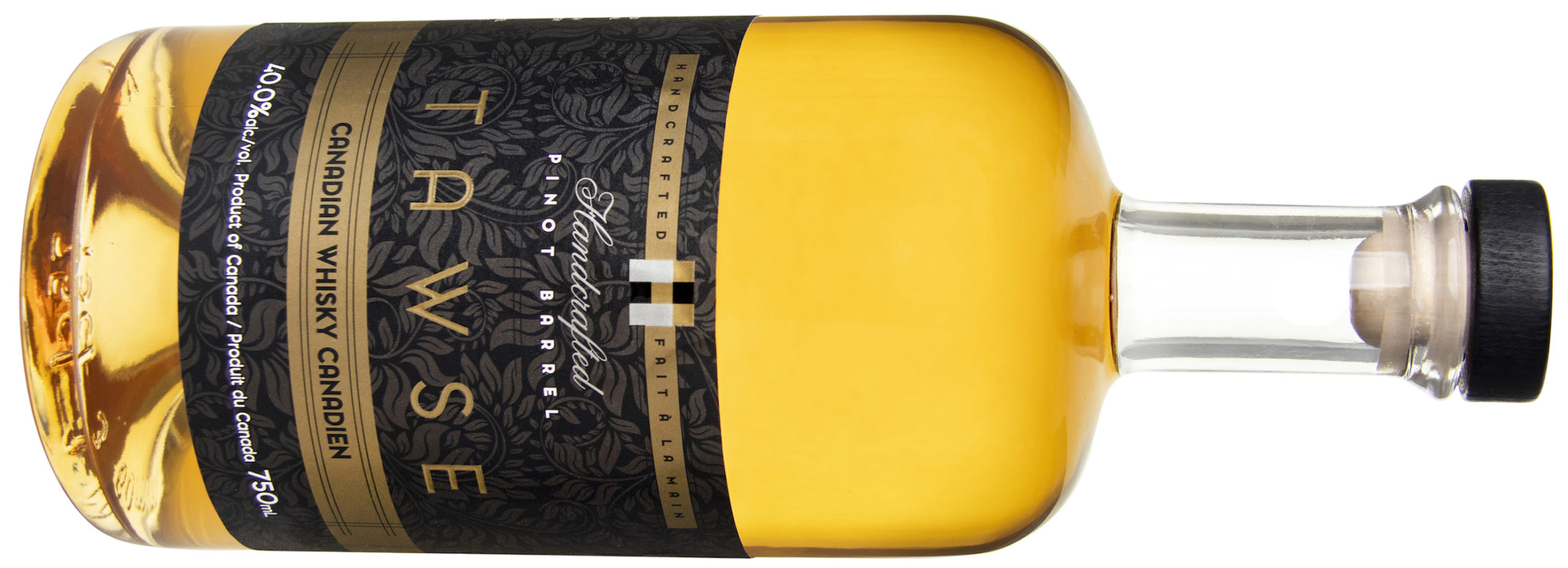
Tawse Pinot Barrel Canadian Whisky (40%) — While the Pinot Noir barrels add no colour to this bright copper whisky, they definitely contribute a soft fruitiness and just a hint of astringency to the otherwise caramelly aroma accented by a wheat-y note of spicy citrus. More caramel and fruit appear at the front of the palate, providing a sweet-ish entry to a drier and mildly oaky middle, with some stone fruit and light tannins appearing in advance of the dry, warming and pleasantly spicy finish. Sip on its own or with a single cube of ice.
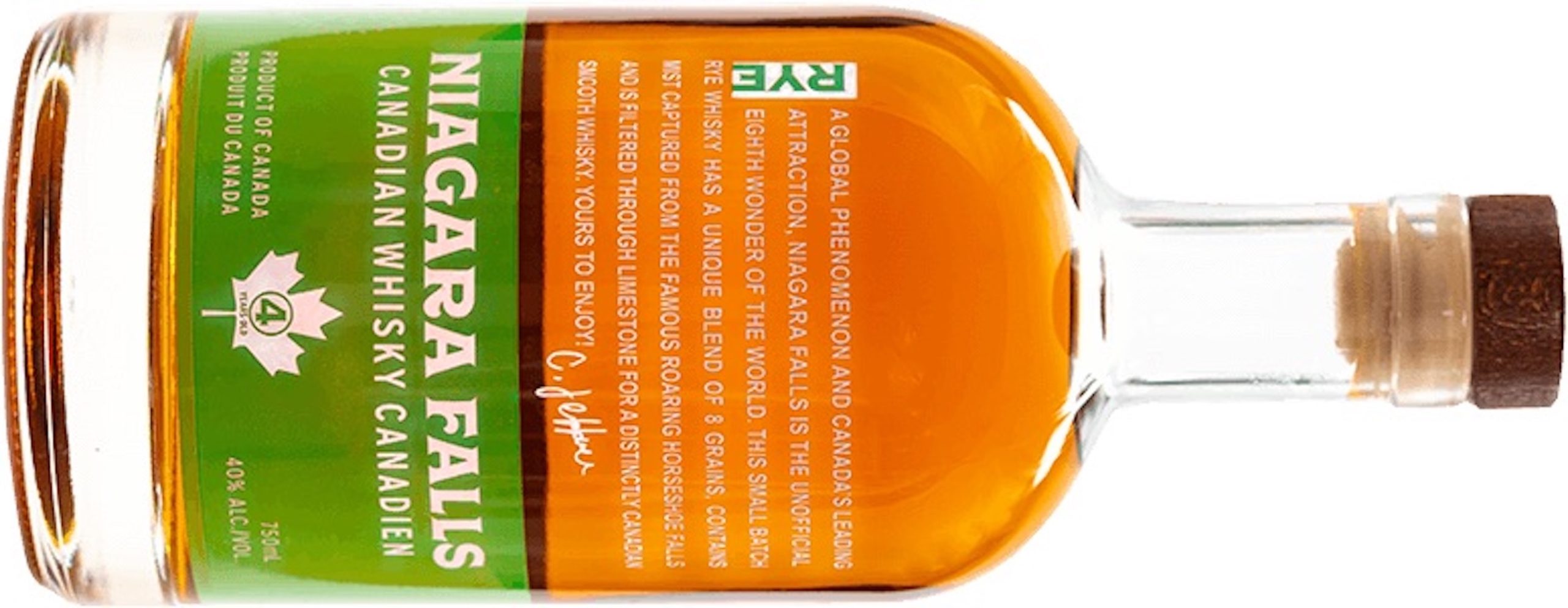
Niagara Falls Canadian Whisky (40%): — Interesting to see an age declaration of four years on this copper-hued whisky, unusual for a Canadian spirit fewer than 10 years of age. The nose is rather closed at first, grudgingly revealing notes of toffee and brown spice, but opens up to a spicier bouquet of toasted grain and dried apricot with the addition of a drop of water. Honeyed vanilla notes soften the spicy punch of the rye at the outset, but they soon come roaring back in all their white pepper, cinnamon and allspice glory, growing in intensity through to the punchy, warming and just a bit over-oaky finish. Mix into a Manhattan or Sazerac.
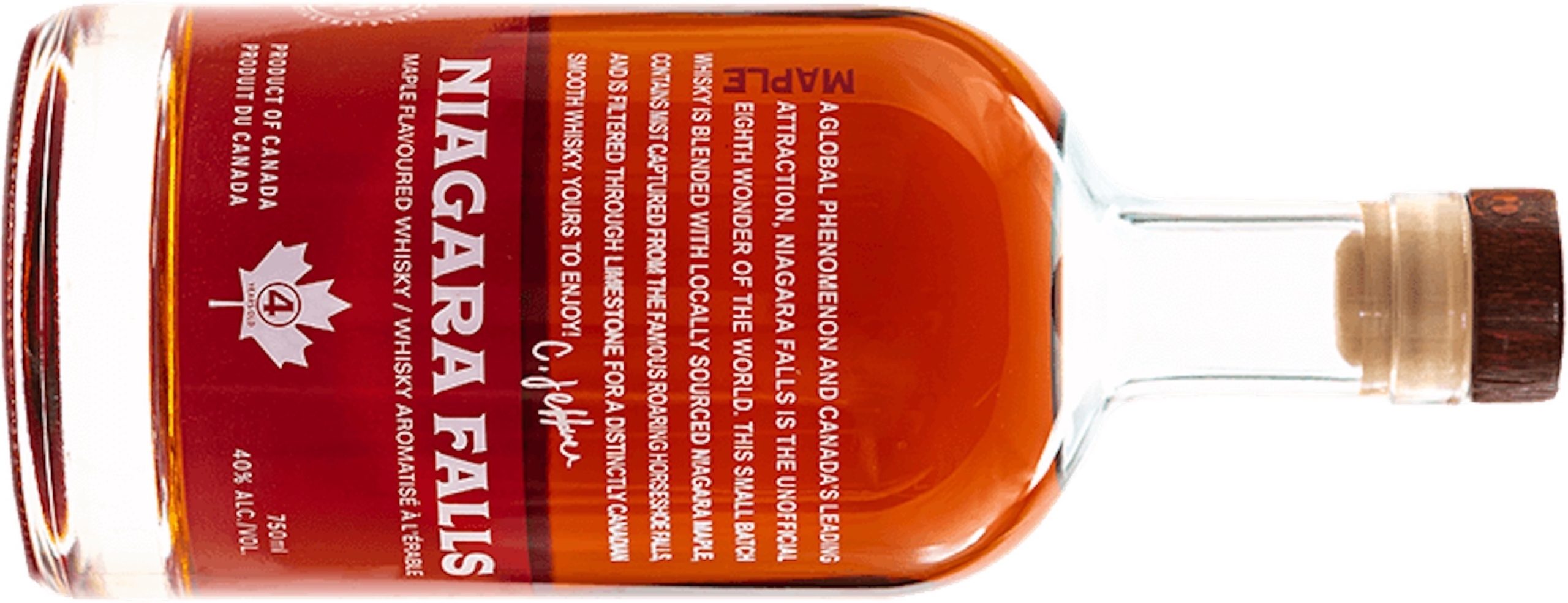
Niagara Falls Maple Flavoured Whisky (40%) — Note the strength, which makes this a true maple whisky rather than a whisky-based liqueur, which would be considerably weaker. The nose also proves this point, with the maple complementing rather than dominating the spiciness of the rye. Still, be prepared for sweetness on the palate, with dark grade maple syrup appearing first, followed by a mellower sweetness as the rye character begins to assert itself and the sugars give way to spice and oak. By the finish, while a gentle sweetness persists, what mostly remains is a whisky-ish reminder of maple. Serve over ice after dinner.
About Stephen Beaumont
Stephen Beaumont is one of the world’s leading writers on beer and spirits, with 15 books to his credit, including Canadian Spirits: The Essential Cross-Country Guide to Distilleries, Their Spirits, and Where to Imbibe Them (with Christine Sismondo) and the upcoming, fully revised and updated third edition of The World Atlas of Beer (with Tim Webb).
For a longer bio on Stephen, go here


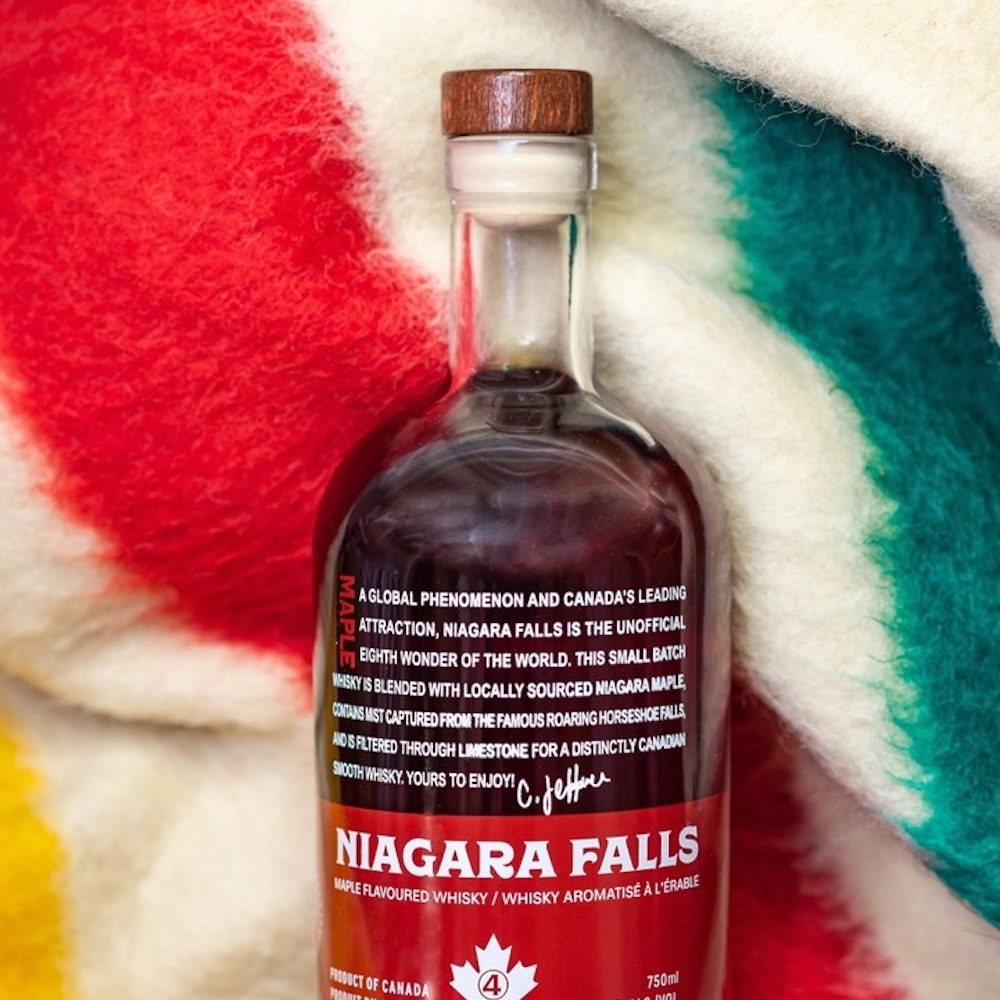




Comment here